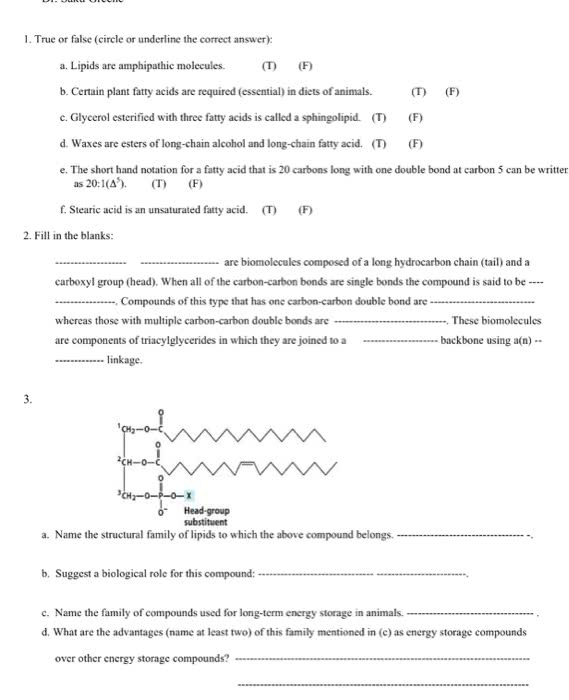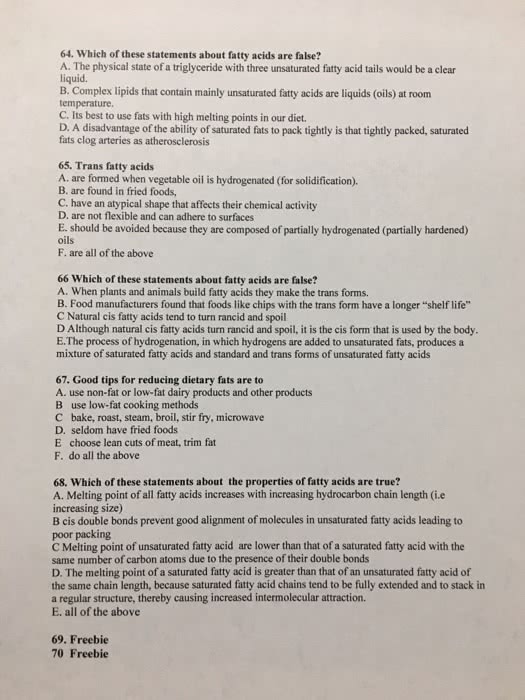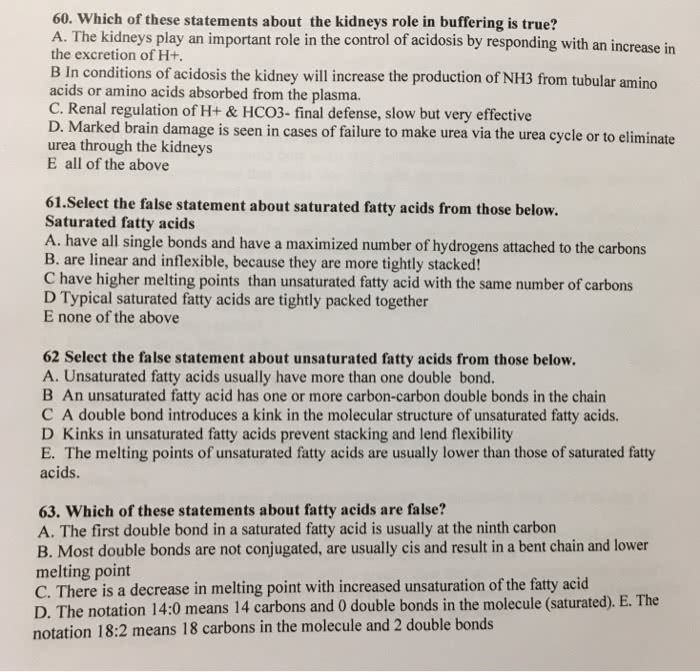NUTR 1010 Chapter Notes -Trans Fat, Lipoprotein, Phospholipid
Document Summary
Fats and oils are forms of a larger and more diverse group of substances called lipids; most lipids are insoluble in water. The three types of lipids commonly found in foods are triglycerides, phospholipids, and sterols. Most of the fat we eat is in the form of triglycerides; a triglyceride is a molecule that contains three fatty acids attached to a glycerol backbone. The various fatty acids in triglycerides are classified based on chain length, level of saturation, and shape. Short-chain fatty acids are usually fewer that six carbon atoms in length; medium-chain fatty acids are six to twelve carbons in length, and long-chain fatty acids are 14 or more carbons in length. Saturated fatty acids have no carbons attached together with a double bond, which means that every carbon atom in the fatty acid chain is saturated with hydrogen. Monounsaturated fatty acids contain one double bond between two carbon atoms; monounsaturated fatty acids are usually liquid at room temperature.





